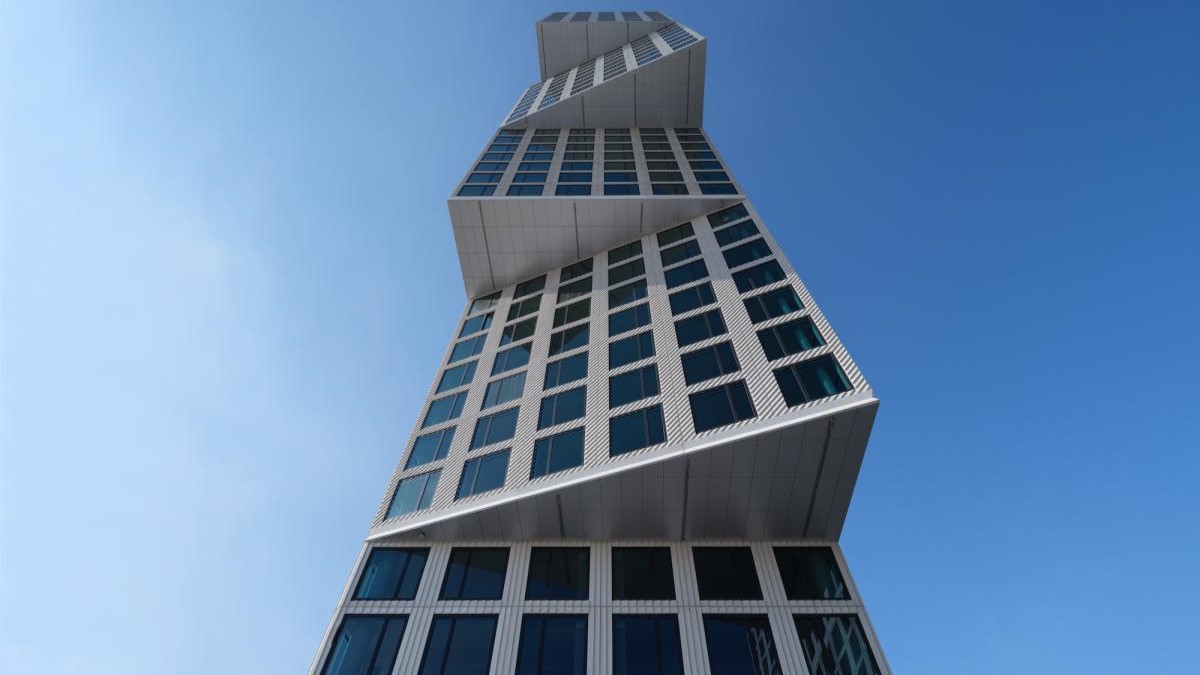Source Eugene V. Debs Hall | The transformed tavern in Buffalo, NY now a community hub.
Addressing Cincy’s Housing Crisis
In Cincinnati, planners, developers, and designers from the New Urbanism and Strong Towns movements convened to tackle the urgent housing crisis.
The conference, organized by Strong Towns and the Congress for the New Urbanism (CNU), spotlighted the urgent need for affordable and diverse housing solutions, emphasizing how local residents can unite to propel development initiatives forward.
Strong Towns founder Charles Marohn sparked discussions among attendees from his new book “Escaping the House Trap,” which included prominent figures like architect Peter Calthorpe, who advocated for market-driven solutions over public housing.
The event highlighted Cincinnati’s zoning code rewrite, “Connected Communities,” aimed at increasing housing density and converting businesses into residential spaces. Mayor Aftab Pureval stressed the importance of addressing segregation and rising home prices.
The conference painted a hopeful picture of small-town America leading the charge in creating affordable housing through community-driven projects.
It showcased success stories like the transformation of a vacant tavern in Buffalo, NY, into a community hub, illustrating the power of local initiatives!

An Atlas project of a former mall in Burlington, VT that is underway for CityPlace Burlington.
Small Cities and Federal Funds
Smaller US cities face significant challenges in securing federal funds for clean energy and climate projects due to complex grant applications.
Landmark legislation such as the Inflation Reduction Act, the Bipartisan Infrastructure Law, and the CHIPS Act make billions available for local economies, clean energy, and environmental justice. However, larger cities with more resources have historically dominated grant opportunities.
Towns often lack the expertise and budget for detailed grant writing, as seen in Jackson, MS, during its water crisis.
The stakes are high, with up to $2.2 trillion in potential funding. Technical assistance and dedicated grant writers are crucial for these cities to compete. Initiatives like the Local Infrastructure Hub and the EPA’s $1.5 billion investment in technical assistance aim to level the playing field.
Efforts are ongoing to streamline the grant application process, including oral interviews and resubmission pilots. Elected officials in states like Colorado are creating programs to ensure equitable fund distribution.
The goal is to help smaller cities access essential funding for transformative projects and address systemic environmental racism.
Atlas specializes in helping small towns navigate the complexities of grant applications, especially for brownfields redevelopment projects, ensuring they secure the funding needed for vital community improvements.
Reach out to National Brownfields Director, Kelly Schmitt, today to learn how we can support your town’s growth and sustainability.

Source world-architects.com | Tower at Eagle + West in Greenpoint, Brooklyn.
Brooklyn’s Greenpoint Waterfront Reimagined
Brooklyn’s Greenpoint neighborhood has been transformed by the striking residential towers known as Eagle + West.
These visually captivating towers appear as if they’re constantly shifting, depending on the viewpoint. From one angle, they resemble moving boxes; from another, they rise like stair steps.
Eagle + West represents a significant effort to rezone and rejuvenate Greenpoint’s waterfront. This development is part of a broader initiative that has revitalized 1.6 miles of waterfront, creating new parks and housing.
The towers, with their angular design, maximize residential space while adhering to zoning restrictions, offering terraces with sweeping views of New York.
Eagle + West includes 745 apartments, ranging from studios to three bedrooms. The development features a mix of market-rate and affordable units, amenities, and individual lobbies. The unique shape of the towers ensures they integrate with both the waterfront and the surrounding neighborhood.
The dynamic facade, made of precast concrete with a corduroy texture, adds to the buildings’ striking appearance. Eagle + West marks an exciting chapter in the evolution of the New York skyline, blending innovative design with community integration.
These towers prove that in Greenpoint, even the buildings have character!
